I must be honest, and say I had talked myself out of publishing this post – I just didn’t know how much value it had alongside all of the other noise that was out there when this camera launched. It was only when David Hume got in touch to say he had tried one and would I like to publish something did I rethink. As you might have seen, I published David’s thoughts earlier today here, so decided I would share my thoughts to go alongside his. I hadn’t read his post before writing mine, and haven’t changed any of my words since, so I thought this might be interesting to share given his hands on experience and, well, my not-so-hands-on experience…
I should also say, I don’t really like Fuji digital cameras. I have tried loads of them, and just don’t get along with them. I love the theory, but in practice I we just don’t seem to be compatible. Though, I have tried to put those personal experiences to one side for the benefit of what I have written below.
So, onto the thoughts I very nearly shared on the day of the launch:
The Fuji X half – my gut reactions
I have been intrigued by the rumours about this camera since they first appeared, and now it’s released, I must admit I remain intrigued. Though, I must more specifically admit to a large chunk of cognitive dissonance. The fact is – somewhat ironically I suppose for a camera called ‘half’ – I am half love the idea of it, whilst the other half of me is rolling my eyes in disbelief at such a load of gimmicky weirdness. Let me give you some of my gut reactions to this release now we have all the details as to how the thing actually works.
First, I’m not going to repeat the news. If you haven’t already read about this camera, it would be worth having a look at the early impressions on DPReview here. The following is my jumble of both negative and positive responses to what I have read there.
Half frame…?
The Fuji X Half isn’t half frame. The closest thing in digital to half frame is APS-c. This camera isn’t APS-c, it has a 1 inch sensor which is a lot smaller than half frame. It’s called Half simply because like a half frame film camera it has a vertically oriented viewfinder and screen on the back with a vertically oriented sensor inside.
Of course, just because this hasn’t been done before doesn’t mean it shouldn’t be done now. Though, in a world where so many people use smartphones to take photos (and video) vertically, it’s perhaps surprising that more digital cameras with vertical sensors don’t exist… maybe… or is it just a weird idea when there is absolutely no reason or need at all to orient the sensor that way round when, like smartphones, cameras can be turned sideways. And without the restrictions that a roll of film imposes on the design, conceptually it just feels like it trespasses into being a gimmick to me.
It’s “different”
I don’t really like word different. It reminds me of conversations I had had with people where they have used the word as a way to define something they don’t really understand. “Oh yes, that’s, erm… different” – it makes me wince a little when people say that.
The Fuji X half is different though. Yes there are little influences maybe – it looks like a film camera of some sort. It has a film advance lever a little like the Epson RD-1. There’s also the fact that in certain modes it won’t show you an image on the screen on the back – but it’s not the first digital camera that either doesn’t have a screen or encourages you not to review your images instantly in some way. But really, there is nothing else at all out there that works like this camera. And just like when Fuji brought out the X-Pro 3 and I commended them for delivering a unique shooting experience, I feel the same here. It might not be for everyone, but in a world where the most common cameras are still do-everything camera-shaped cameras with every whizzy feature under the sun, cameras like this that are “different” are interesting to me.
A digital film camera – the fun bits
Fuji have been playing at making cameras that encroach into film photography in some way for a long while. If it’s not in how they look, it’s in the various film emulations that they build into the cameras. I’ve said my bit about film emulations before – they’re not really for me. I shoot RAW because I like to process my digital photos on the computer after.
With that said, this new camera feels like it takes the film emulation idea to another level. It only shoots jpg, which in itself encourages embracing in-camera processing. It also has an interface that displays the film type in a little “window” as if there’s a film in the camera. As such, it very much feels like when shooting it, you’re supposed to pick a film look/emulation and embrace the results it brings.
Then there’s the fact that you can put it into a film mode where you have to select the amount of photos you want to shoot, with the options being 35, 54 and 72. If you do so, the camera locks you into that, doesn’t let you see the photos on the back of the camera, and won’t let you see the complete set until they are “developed” after you have finished them. You also can’t change the film, mid-roll, so to speak.
Then there’s the diptychs it allows you to make as people so often do with “real” half frame film cameras. And the option for things like light leaks, and sprocket holes and a film-camera-like date stamp etc. There’s just quite a lot of film-like fun to be had here without the worry of the cost of film. I think given the opportunity to shoot one, I would enjoy playing with it. It is a bit gimmicky, but gimmicky can be fun.
Just shoot a bloody roll of film
With that said, this is where the cognitive dissonance really kicks in for me. Really, if I wanted any of that stuff; film look out of camera, diptychs, sprocket holes etc… would I really chose a camera that fakes it, or would I just pick up a bloody film camera and shoot a roll of the real stuff. It’s this reality that makes me feel like this camera would have novelty value for someone like me, but that the novelty would probably wear thin pretty quickly. Though, of course, for some who don’t have – or even wish to have a film camera – this might be a halfway house that suits them. And like I said when I wrote this piece for DPR a few years back, “…there is no one true path! In fact, one of the most beautiful things about photography is in the wealth of choices it provides us with.” So why shouldn’t some people enjoy a totally digital, yes highly film-inspired experience…?
The price
I don’t like talking about price on this website, especially in an opinionated way about how I think the price of a camera (or whatever) relates to its actual value. One person’s good value is another person’s out of financial reach. It is subjective. Becuase of the nature of this post, I am going to bend my rule and share my highly subjective thoughts on the price. For me, the Fuji X half seems like it would feel like a toy to me; something designed for novelty and fun. If it were cheaper, I could see it appealing to me more. As it is, it’s out of reach for me… I would like to have a play with one someday though!
Share this post:
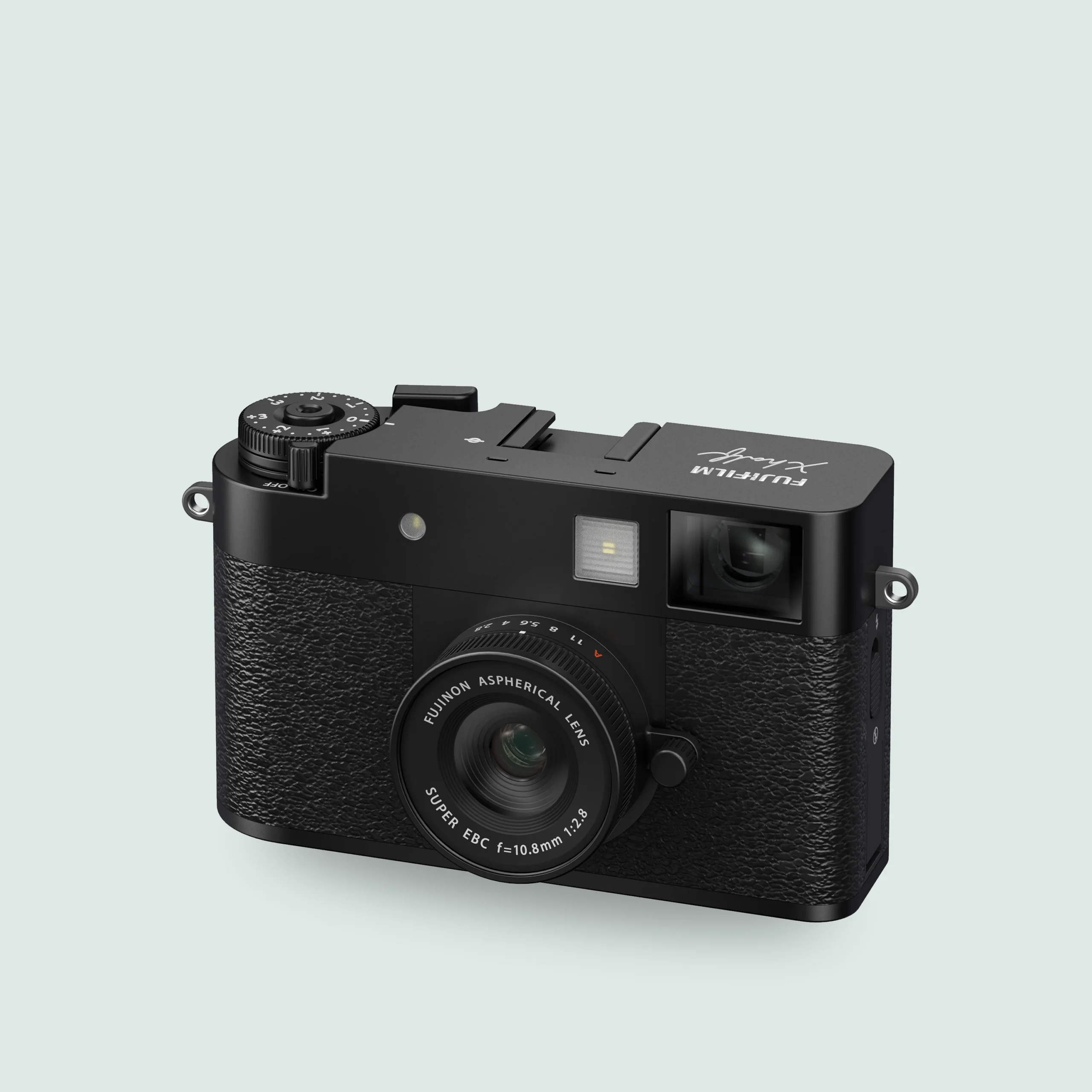
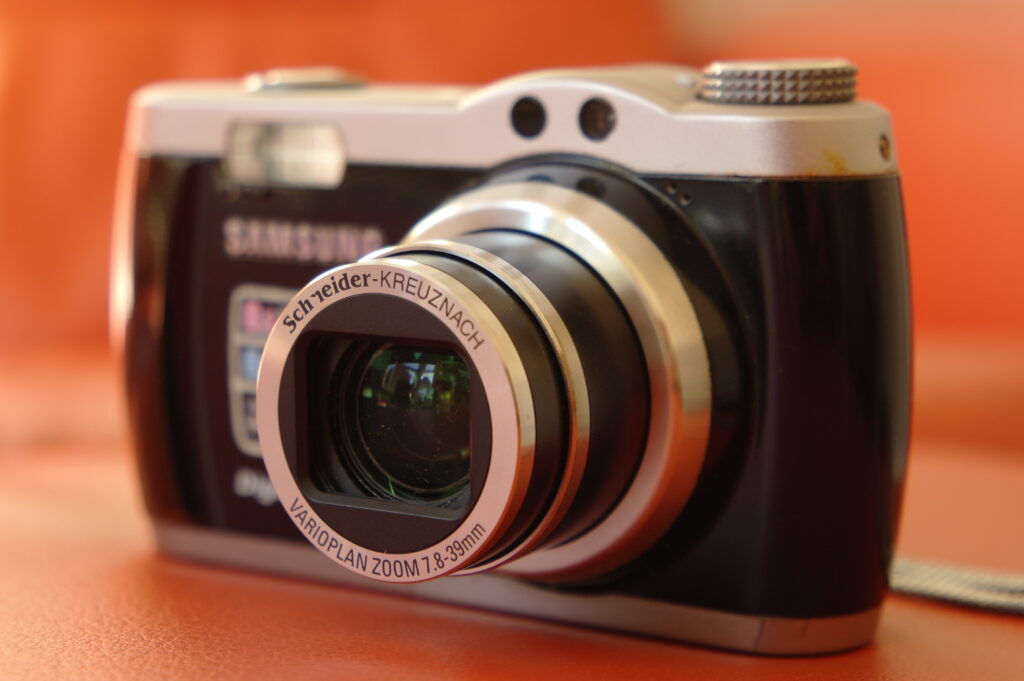
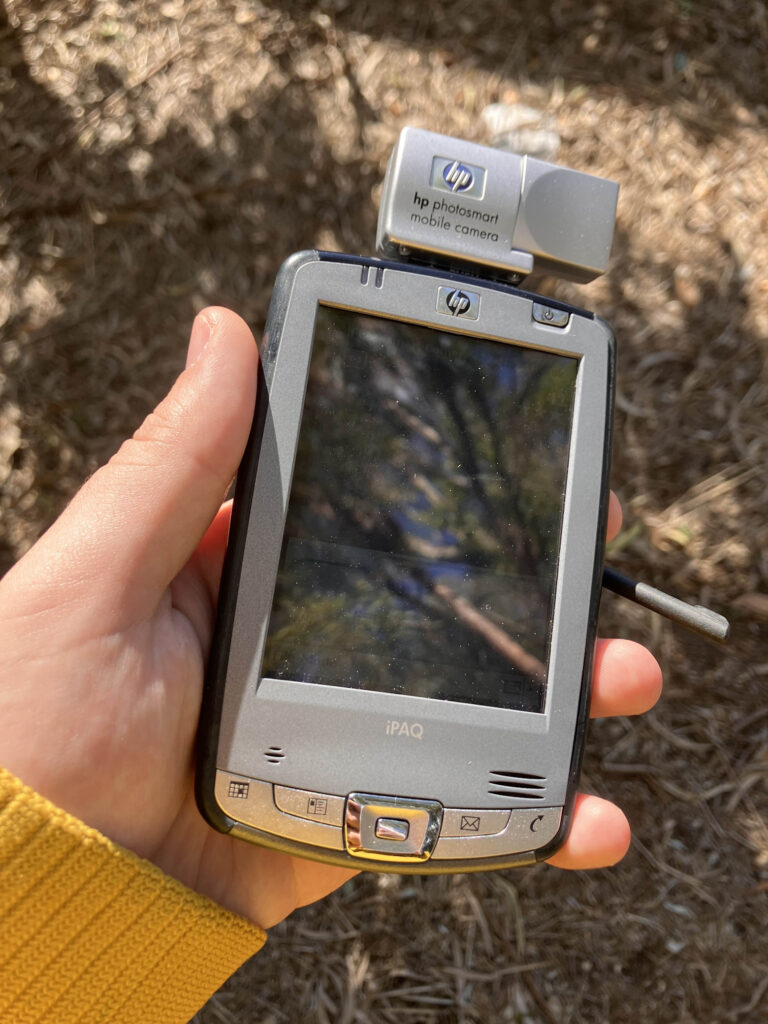
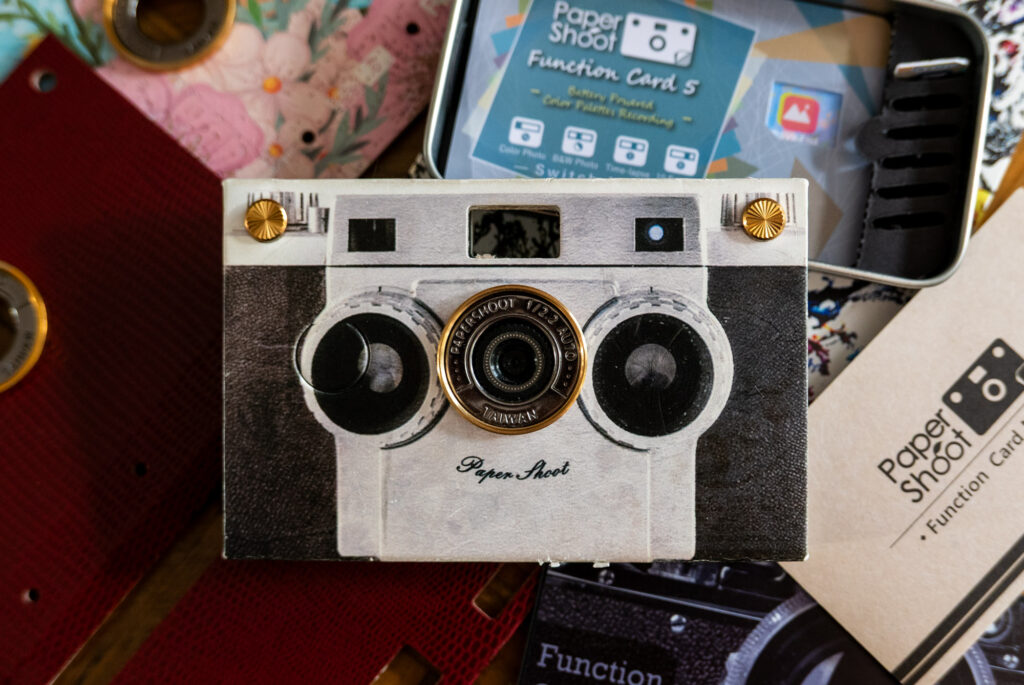
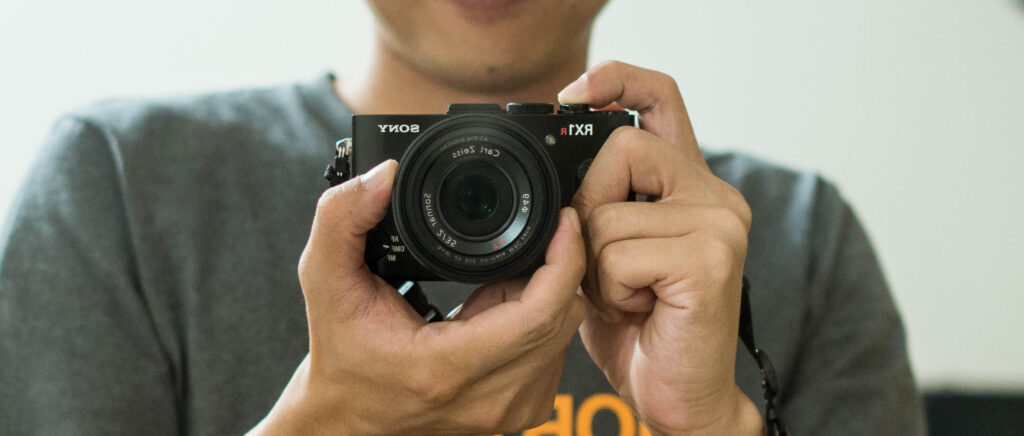
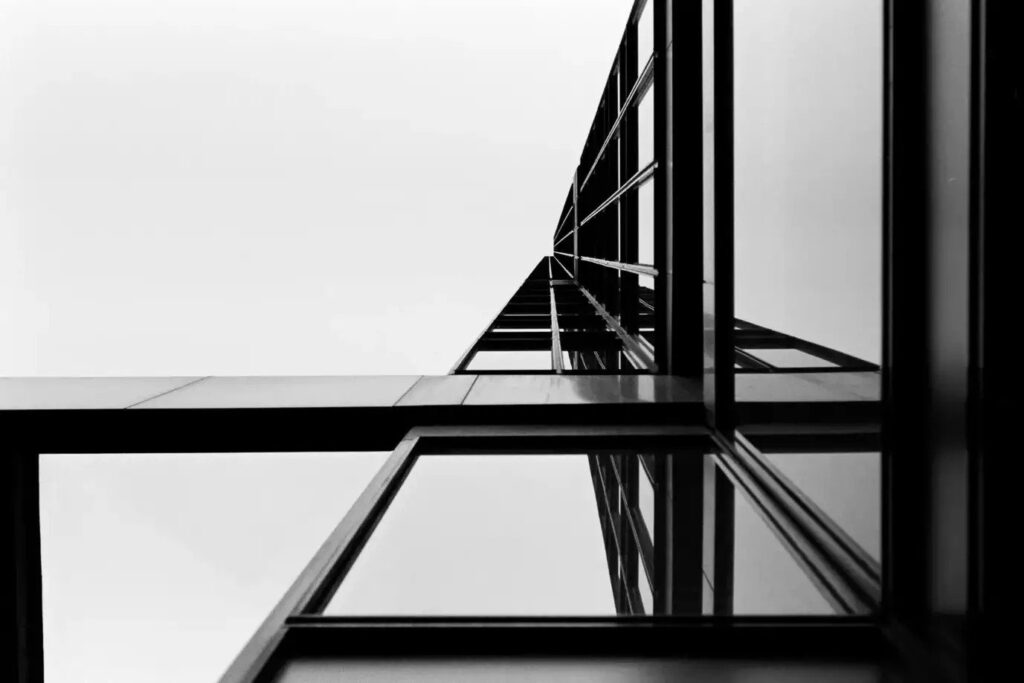
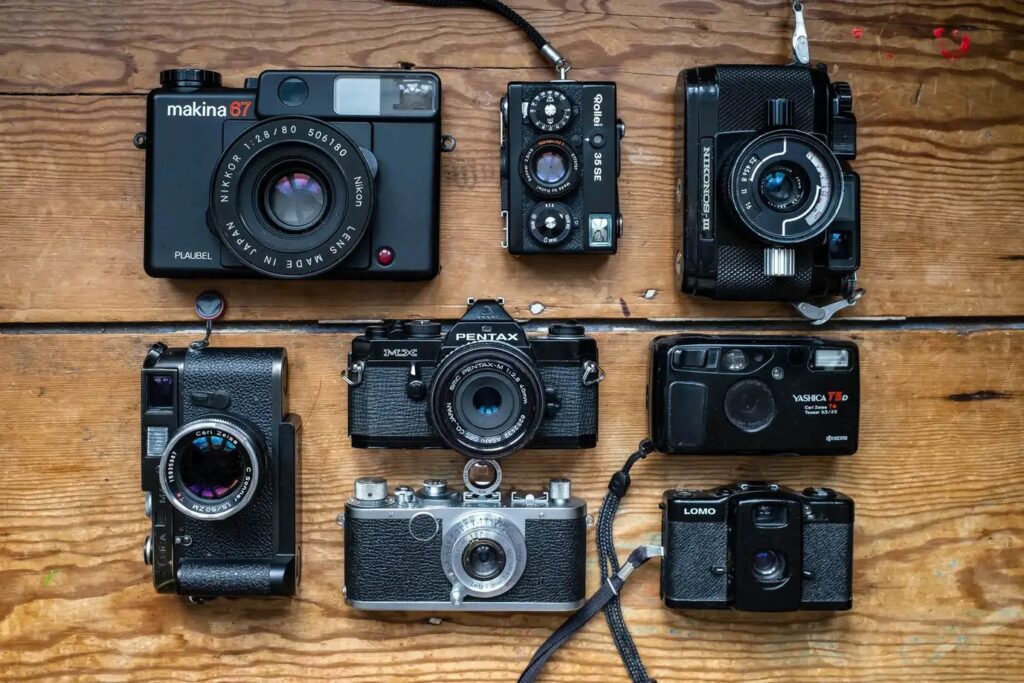
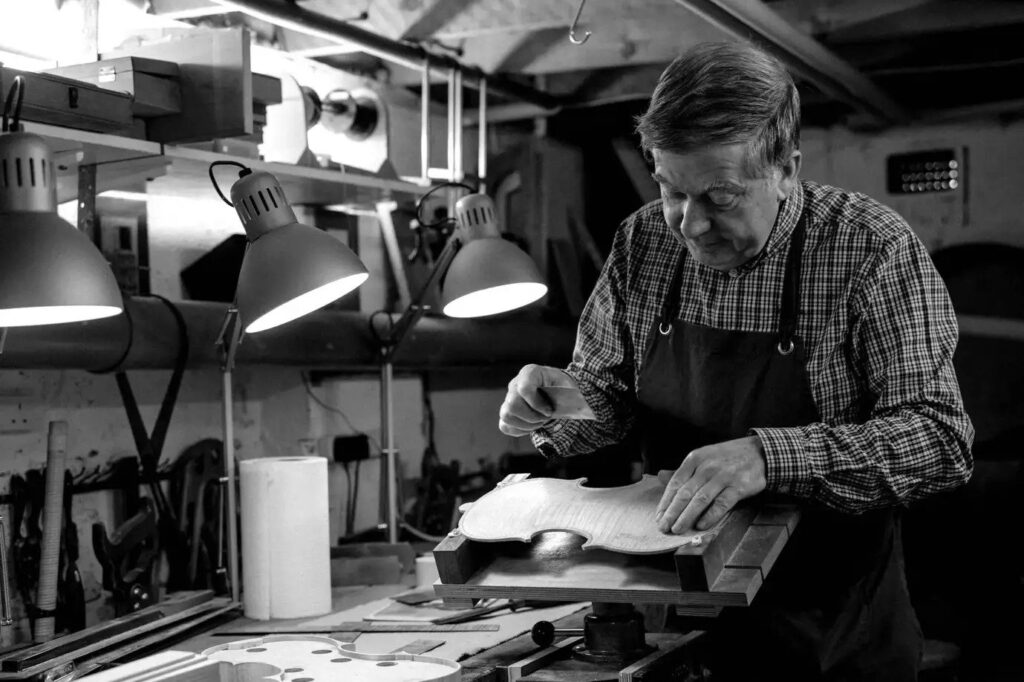
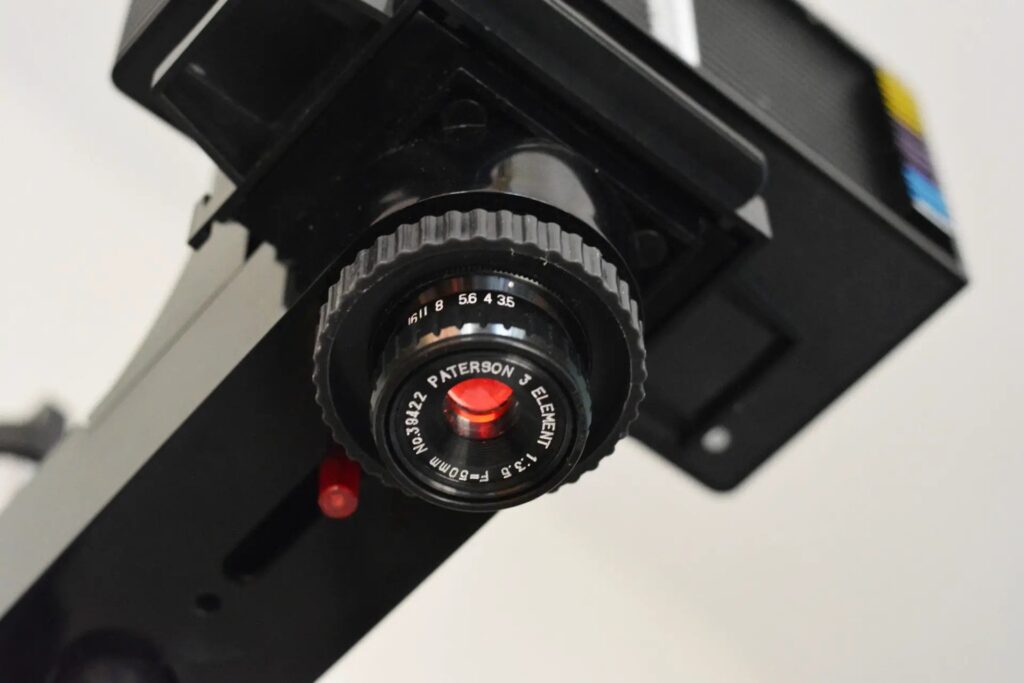
Comments
davesurrey on Fuji X Half – A Few thoughts about a camera I’ve not even touched
Comment posted: 22/06/2025
But just once in a while some disrupter comes along and maybe they find a market that never existed before. Apple’s iPhone is a great example. It may be apocryphal but history tells that Henry Ford said “if I had asked my customers what they wanted they would have said a faster horse.” So it needs someone brave enough to disrupt in the hope that a whole new market is for the taking.
A market that may very well be alien to most of those on 35mmc. But it would seem that Pentax (with its Pentax 17), Mint (with its “Rollei”35AF), and now Fuji all believe it’s out there.
Comment posted: 22/06/2025
Martin on Fuji X Half – A Few thoughts about a camera I’ve not even touched
Comment posted: 22/06/2025
Thanks for your thoughts and a fine read.
Comment posted: 22/06/2025
Tim Bradshaw on Fuji X Half – A Few thoughts about a camera I’ve not even touched
Comment posted: 22/06/2025
I almost exclusively use film, and for colour I use slide film. So let's assume I'm using Velvia (I actually use Ektachrome, but it won't have a simulation for that). It currently seems to be a safe approximation that this costs a pound a frame to shoot (about £25 per roll, £10 processing without scans), and more if you want scans made.
The street price of this camera seems to be £700. So it is the equivalent of 700 frames of E6: about 20 rolls.
I've just done an episode of a long-term project where I used 13 rolls of film in a week, as I've approximately done every year I've done it. If I was using E6 then (a) I wouldn't be able to afford it and (b) I'd have spent more than half the cost of this thing in a week.
People used to digital cameras often shoot more than 700 frames in a day, I expect.
(You could argue that I should halve my film costs as it's 'half frame', but I'll reply with 'so add the cost of a half frame camera unless you have one'.)
I'm not going to buy one of these, or stop using film (I might just have shot the last colour film I will shoot though), and I kind of hate the 'digital camera pretending to be a film camera' thing, but I think it's worth being coldly rational about the costs of things and what a camera like this offers.
Comment posted: 22/06/2025
Gary Smith on Fuji X Half – A Few thoughts about a camera I’ve not even touched
Comment posted: 22/06/2025
I'm with you Hamish: Just shoot film!
Alan on Fuji X Half – A Few thoughts about a camera I’ve not even touched
Comment posted: 22/06/2025
It looks very pretty though, and I'm sure they will sell bucket loads of units.
Tony Warren on Fuji X Half – A Few thoughts about a camera I’ve not even touched
Comment posted: 23/06/2025
David Hume on Fuji X Half – A Few thoughts about a camera I’ve not even touched
Comment posted: 23/06/2025
But it’s really got me hankering for something in this form factor with that sensor and a lens that doesn’t buzz in and out and an OVF. Sort of like a micro X100 I suppose - now that I think about it.
What I also think is really interesting is the “just shoot a bloody roll of film” idea. I’m struggling with this myself. And I think it is relevant to everyone now, especially seeing that ChatGPT has passed the Turing test. It’s a bit like, “Hey maybe even if it’s distinguishable from film but I KNOW it’s not film then what’s the point of that?” I think it’s really interesting. After all my farting around in playing with simulations and sensors and all that kind of stuff and being able to get pretty much what I want out of most cameras, film is still film!
Comment posted: 23/06/2025
Russ Rosener on Fuji X Half – A Few thoughts about a camera I’ve not even touched
Comment posted: 23/06/2025
As for this new camera, consider that 90% of the photos taken today are shot with a cell phone sensor far smaller than the one inch sensor in this camera. I'll have to put my hands on one of these "Half Frames" and get a feel. The Pentax 17 was a cool idea last year, however it felt rather awkward in my hands. I'm with Hamish in that I should just run a roll of 35mm through my magnificent Olympus Pen F SLR.
Geoff Chaplin on Fuji X Half – A Few thoughts about a camera I’ve not even touched
Comment posted: 23/06/2025
Of course the film experience is not just the camera but processing and wet-process printing the film. Only a minority of film photographers enjoy the full film process so it will always be a small minority who take this route though we rely on the existence of many other film photographers to keep film in production and prices low(ish). Death to the FujiHalfToy!
Comment posted: 23/06/2025
Ibraar Hussain on Fuji X Half – A Few thoughts about a camera I’ve not even touched
Comment posted: 23/06/2025
If it were at say the £200 mark it would be quite curious to play with.
But to get a feel of shooting a Hipstamatic or Instagramme type film effect for this price is a lot for the novelty. I can only imagine Fujifilm had a few reasons for this, to get the Instagramme crowd and for as Geoff says, to kill off their film business and keep the customers.
Just shoot a roll of Film!
Russ Rosener on Fuji X Half – A Few thoughts about a camera I’ve not even touched
Comment posted: 24/06/2025
As my grandma used to say, if you want to get into film photography ya can't beat that with a stick!
Chris Hooke on Fuji X Half – A Few thoughts about a camera I’ve not even touched
Comment posted: 22/08/2025
A good read but you've not talked me out of getting one.
I'm off to Greece in a week. I've "kind off" chosen my film camera of choice. Leica iiia with Voigtlander 15mm & a 50mm of some description.
Then I look at my choice of digital. Canon 5d mk2 or Nikon d610, and my poor 56 year old shoulders go, you are f###ing kidding me.
We want something small and fun.
Watch this space for the outcome
Comment posted: 22/08/2025